Tracy Kennard wrote this important piece for the TFL this summer. In honor of her beautiful soul and spirit, I’m making this free for all. Her memory will be a blessing.
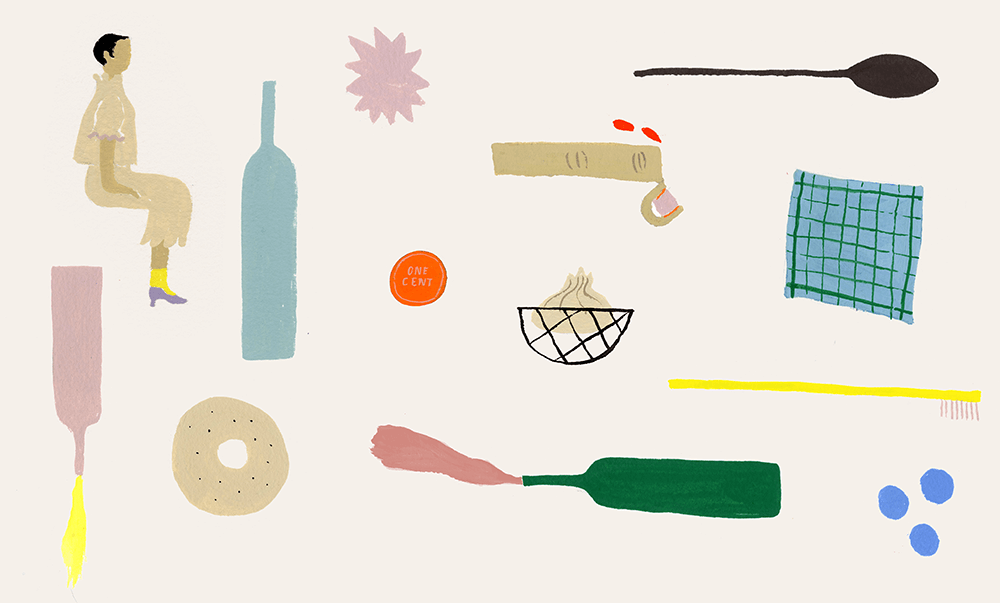
by Tracy Kennard
It is our third year in business and a Friday afternoon at Brunette, the wine bar my husband Jamie and I opened in Kingston, NY. A couple sits at Table 2, a coveted window table. Jamie served them and they have finished their food and first round of wine. I approach the table, clear a plate, tuck it behind my back, and ask how they are doing. The woman, head wrapped in a blue and green silk scarf, orders a hot dog — her second. Embarrassed, she explains she would not normally eat two hot dogs, but she is undergoing chemotherapy and it is the first time she has been able to taste in months. I fire her order and while it’s cooking, return from the kitchen with a bowl of Calbee shrimp chips and a cocktail sauce that makes my eyes water. If the hot dog’s jalapeño and Sriracha spoke to her tastebuds, this might, too.
A few months on, I meet Danielle, the woman in the headscarf, and she insists we have met before — that she has been to Brunette. She recounts this story as proof and adds that her eyes watered too — at my shrimp chip gesture and how normal I was to her; I did not dwell on her illness or make her feel weird about ordering two hot dogs. I did not disguise my pity for her bald head with a compliment about her scarf. And I did not judge her for drinking wine during chemo.
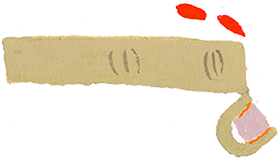
I stopped drinking in the Spring of 2019 in an attempt to cure a five-month-long headache and dramatic nosebleeds. The headaches became so debilitating I couldn’t see straight.
One night I cut my pinky while slicing cucumbers. I insisted I could work once it stopped bleeding — but it wouldn’t stop and I spent the shift at the ER getting the top of my pinky reattached.
I developed a lisp and could no longer say my name or make “s” sounds. I stopped being able to eat solid food. My jaw opened and closed, but my tongue was too weak to move the food to my teeth. As much as I mimed the motion, without a functioning tongue I was unable to chew. Food sat solid and immobile in my mouth until I removed it with my prying fingers.
Every day during my two-week wait for a neurologist appointment, I checked my tongue, sticking it out in the mirror. It deviated to the right and was slack, like our friend’s chihuahua, Lola, whose tongue drooped from the corner of her mouth. That summer at Brunette was busy — Kingston was gaining traction and I pushed through long nights at the bar, never-ending client projects, and anxiety over my mysterious ailments.

In the early 2010s, at a birthday party for Jamie at a Brooklyn restaurant, Brucie, we ordered a bottle of orange wine on the suggestion of our server. It’s possible we asked if it was made from oranges. It’s possible we were a rowdy bunch who would have been just as happy with a bottle of Pinot Noir or Cabernet Franc or even Merlot. And though some friends did not finish their glasses, and someone at the table called it “weird,” the bottle was emptied and subconsciously filed into a spot in my brain.
Wine was new for me and I was starting to learn what I liked. I didn’t have a sense of place or grape or even flavor, but I gravitated towards lean, saline, brisk wines. With my under $12 budget, pét-nat was out of my range and I didn’t know what I was missing.
This changed when our regular bartender at LIC Market poured us a glass of René Mosse’s Moussamousettes. This wine was not lean and despite the bubbles, was not brisk. It was salty, creamy, herbal. The bubbles were rolling, like the waves on the bayside of the ocean where the prettiest rocks hang out. This was the first time a wine asked to be remembered.
Four years later, en route to our weekend place in Woodstock, we stopped at Kingston Wine Co., and underneath two crates of different wine, I spotted a stack of that very pét-nat. The bottles were almost hidden, on their side, but the color, the label unmistakable. I grabbed a couple of bottles and shop owner Michael’s demeanor changed as I set them on the counter. He knew we were his people.
We were in our just turned forty, mid-crisis phase. Increasingly we wanted to drink natural wine in our small upstate town. But in 2014, as far as we knew, there wasn’t a spot north of 125th Street to do this. A fantasy was born. After ten years of running his design studio, Jamie wanted to scale back and shed the responsibilities and rent that went with it. I was consulting in the fashion industry and had a flexible schedule. By the time we signed the lease for Brunette at 33 Broadway, we didn’t have a business plan — or a plan at all. Although we had never waited a table or tended a bar, we were romanced by the idea of moonlighting as bartenders.
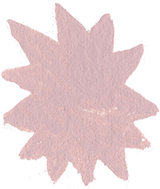
In Fall 2019, after neurologists and ENTs and many MRIs, I was diagnosed with late-stage nasopharyngeal carcinoma, a rare and aggressive cancer. The nasopharynx is located behind the nose, above the soft palate at the base of the skull. It has experienced a surge in notoriety as the painful site for the COVID-19 test swab. As you might imagine, it is also a painful spot to house a couple of tumors.
I took leave from the bar when I started cancer treatment. I spent Saturday nights in bed, eyes glued to my computer screen, remotely studying the bar’s open tickets in the system. It was a game in which I had to figure out who was there, what they were eating, what they were drinking.
I texted Jamie non-stop.
“Remember, Table 2 doesn’t like dill.”
“Tell Table 6 that I remembered the name of the movie and it’s “The Wolfpack.”
“Give Bar 1 a taste of the Jura. Tell them it’s like being at the ocean and roasting hazelnuts over a campfire.”
Jamie, of course, did not need my reminders.

When it becomes clear I won’t be returning to work, I stop caring and float between the hospital and a borrowed bed. After each day’s chemo, I am so fatigued I can’t stand straight. I leave a body print on the mirror of the building’s elevator. As I walk towards the apartment, I lean my left side against Jamie and press my right fingertips against the hallway walls for extra balance. I look down at my feet reminding them to step. Left foot, right foot, left foot until we get to the familiar doormat of 9C.
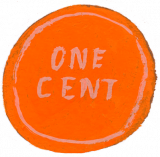
During chemo, I continued to not drink wine in hopes of keeping the tumors placated. This wasn’t difficult as the chemo coated my mouth with a metallic film and tainted everything I tried to consume. Water tasted like rusting copper pennies; a Saltine spread with almond butter and topped with a banana slice sat on the bedside table for days. I wouldn’t let Jamie take it away, insisting I would eat it.
After three rounds of chemo, the cancer retreated, yet I was constantly looking over my shoulder for hints of its return. Over the next ten months, the tumors grew, settled down, and grew again. I got used to the rhythm of chronic disease and my sense of taste returned. I relaxed my diet, adding back sourdough, rice, then wine, cautiously measured in drops — not glasses.
The cancer returned for a third time last fall and I underwent two months of daily radiation to my face and brain. My oncologists had been pushing this treatment for a year, claiming it could increase my chance of survival from 0% to 5%. The known side effects were brutal. Vocal cord paralysis, lifelong feeding tubes, blindness, deafness, and lockjaw topped the list before I tuned out.
“We know you can do this,” they pleaded. “You’re young, you’re healthy.”
It was easy to defy my doctors when the cancer and I were coexisting. But my story shifted when the lisp returned and I developed double vision in my left eye. The damage from the cancer might be worse than the side effects of the treatment I was avoiding. I went back to NYC to take my lumps.
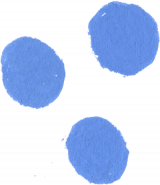
I’m eight months post-radiation now and on my best days my taste buds operate at 30%. I can eat, but my ability to make enough saliva to chew, process, and swallow food is unreliable. The inside of my mouth and tongue are covered with sores ready to be further aggravated by the skin of a blueberry, the sweat of garlic, a sliver of radish, a splash of vinegar. Meals are a constant negotiation; I balance texture, moisture, acid, and spice with water, fat, sauces, and cream to mitigate issues. I tally how many fresh strawberries I can tolerate before the burn takes over (three small; six with fresh whipped cream), how much water I need to eat a crustless slice of pizza. Some days the calculation is simpler; Is the burn of this apricot worth the tropical burst of flavor? Are the microscopic cuts the lacy edges of this chocolate chip cookie will leave worth the satisfaction of that first oozing bite?
Yes, it is worth it. I enjoy textures, smells, the way a freshly baked bagel warms through its paper bag. Even if it’s the kind of day that no amount of butter or cream cheese will let me eat this bagel, I enjoyed its warmth in my lap the entire drive home. If we are having breakfast at the diner, I will eagerly order French toast knowing I can eat the soggy slice at the bottom of the stack.

Last week, after successfully eating half a croissant for breakfast, I add arugula to my overcooked pasta. So confident, I spoon the shells into my mouth. They catch in the back of my throat and I gag and cough, making it worse by waving my hands and attempting to explain, “I’m OK” to Jamie. He knows this yet inches his chair closer to mine and rubs my back, gently, without alarm. I resume normal breath, then sneeze. I am relieved then embarrassed as a string of wilted arugula and a pebble of pasta come out my nose. I try again the next day. And the next, and the next. I am adamant that this will not be my life.
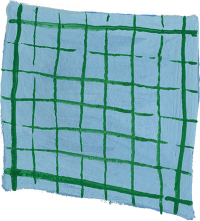
With wine, it’s different. I experiment less because I know I can’t drink reds or skin contact whites. Their tannins turn my tongue and teeth to sandpaper and suck my mouth so dry I cannot speak. Friends came over the other day for a picnic. Someone brought a bottle of Saint Cyr Pét-Nat. At Brunette, we served and drank so much of this sparkling Gamay in 2018 I could tell you the difference between the first glass (bright, prickly) and the last glass (hazy, dreamy) poured from the same bottle. I carefully poured myself an ounce. This was not a light rosé and I worried the tannins would be too much. It was cold but warmed to a slow fire in my mouth. I felt it in my nose and thought it was going to force a sneeze. But it behaved. Although I didn’t taste anything — not fruit, not haziness, not place or time or season, I was sated. Not wanting to press my luck, I poured the rest of the bottle into every empty glass, so excited for everyone else’s first sip.
If I am feeling optimistic, I will try a white, but the chances of the pain overpowering the enjoyment is high. Sparkling, however, is always worth it. It is like a first love and difficult for me to resist. Recently, a friend asked what I was enjoying drinking. On her day off she arrived at my door mid-afternoon with a bottle of Marnes Blanches Crémant. She poured and I didn’t raise my hand to stop her. I held the glass to my nose, letting the bubbles relax, savoring the light mist on my face. Too much effervescence is too spicy but too little is no fun. And then I dove in, determined. It burned, but in the way pressing on a black and blue hurts yet feels good. Our plan was to picnic outside, but it started raining, so we sat on the bare floors of my living room, windows open, and drank and ate hot dogs and cucumbers and camembert and potato chips and carried on for hours.
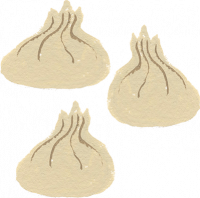
When time allows, we race down to St. Marks so we can eat soup dumplings greedily in the car before my weekly chemo. In the pre-radiation reality, I would bite off the thick knot at the top of the dumpling to release a little steam. I would push a few slivers of ginger and drops of vinegar into the opening before tipping the dumpling into my mouth. A glass of water on call to temper the heat.
Today, I no longer dare the broth to burn my mouth. Instead, I pass Jamie my vinegar and ginger. I take a small bite from the bottom edge to release the broth into the spoon, grateful for its high sides that capture the soup and fat that pools out. I sip cautiously. I skip the tender ball of pork and move to the wrapper. Its dough is so thin, almost translucent, yet somehow sturdy enough to hold the weight of both the meat and liquid inside. This ribbon of dough — greased from the fatty broth — slides down easily, soothing my throat.
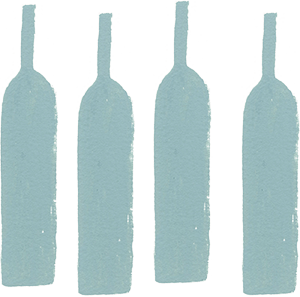
I often think about Danielle, my two hot dog eating customer-turned-friend. What strikes me about her story is not that I was nice to someone with cancer before the disease entered my own reality, but that serving her honestly, making her comfortable, ensuring that she enjoyed her visit to our bar was so second nature that I didn’t even remember it. This is what I miss about wine. Not the academic study and debates about sulfites and inoculated yeast, not securing allocated bottles to brag about, not even the tipsy afternoons, but the connections that — even when one-sided — are personal and singular, nourishing and intoxicating.
These days, I rarely drink wine, but not for lack of trying. If there is a bottle of sparkling open, I will always pour myself a taste. At best, it tastes like nothing. At worst, it seethes like the time I mistook a generic squeeze bottle of Dr. Bronner’s peppermint soap for olive oil and drizzled it on my eggs. I drink slowly and hope for something in the middle. At dinner, I shove my nose in Jamie’s glass, inhaling hard. Sometimes I get a slim wisp of fruit and I take a sip. But mostly I smell alcohol. It singes my sinuses and warns me to prepare for a fight. “That smells strong,” I say, not losing the vocabulary I once had for wine, but having no use for it.
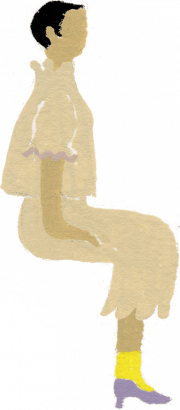
Comments are closed.